By Andy Hirst
Pete Lau now boldly goes where few wheelchair users have gone before … and then tells them all about it on a unique website so they can follow in his tyre tracks.
The former high-ranking firefighter was left paralysed after a devastating cycling accident in April 2014 which changed the course of his life, but not his natural adventure-loving spirit.
The 55-year-old Fixby grandfather now has an amazing off-road wheelchair that he uses to explore the great outdoors throughout the UK – especially nature reserves and tourist sites – and he then writes extensively about each one so other wheelchair users know just what to expect when they get there. Each entry has a set format including a map, photos and lots of information.
The website called Accessible Nature UK (https://www.accessiblenatureuk.com/) has opened up possibilities that other disabled people never knew existed.
But it’s not just for disabled people as Pete’s information lets everyone know about the many nature reserves we have in the UK – some far nearer to us than we may think.
To give an idea into Pete’s drive and determination, his motto is: “I haven’t been everywhere, but it’s on my list.”
Pete said: “I’ve done it so other people in wheelchairs can also access some of the wilder places our wonderful country has to offer. It’s amazing what’s out there when you explore it.”
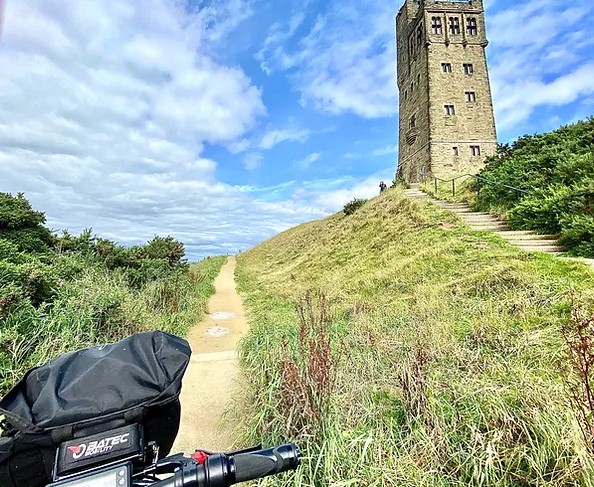
His quest began a couple of years ago when Pete went to a nature reserve that claimed to have miles and miles of accessible tracks … but when he arrived he ended up getting stuck at a stile after just a quarter-of-a-mile.
He said: “From that moment I realised there was a need for someone in a wheelchair to research and write these kinds of guides. There is an expectation that people with disabilities go everywhere with someone else but more and more go out exploring on their own. It means that people can assess if it’s a suitable place for them to visit even before they leave their front room.”
Pete reports the problems he finds back to the organisations that run each site in the hope they can sort them out. He recently went to a nature reserve which had a brilliant bird-watching hide that was disabled friendly.
“Trouble was that the uphill grass track leading to it became slippery and muddy when wet so was totally inaccessible to a disabled person alone.
Pete added: “Organisations think they’ve made something that’s accessible to the disabled but sometimes it’s not. So, a gate may easily open, but can a person in a wheelchair then get through and close it?
“I find platforms built over water with nothing to stop a wheelchair from tipping in. It’s not done on purpose – they just don’t see it through a disabled person’s eyes.”
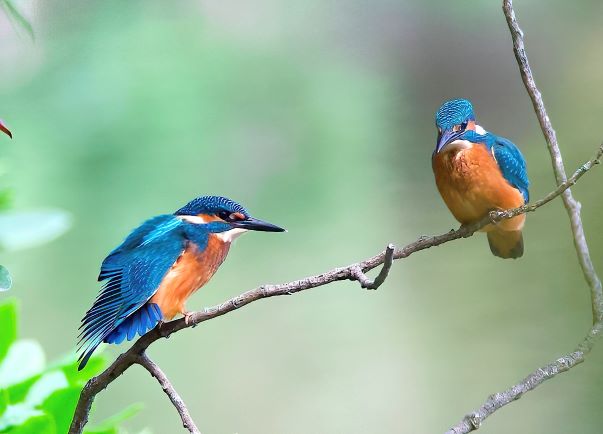
Pete has also become an accomplished wildlife photographer and always has his camera with him.
He has now visited and provided detailed reports and photographs of 74 places nationwide from Scotland to Exeter and from Hull across to Wales.
He’d be happy for other adventurous wheelchair users to explore places in their areas and follow Pete’s writing format so he can add them to the website.
“I want it to go truly nationwide,” he said. “I’ll be going to the Isle of Mull in Scotland soon to explore there.”
Pete’s chosen mode of transport is a Batec Scrambler, an electric-powered three-wheeled wheelchair that means he can cover a lot of miles and it also carries his heavy camera and lens.
Pete said: “It gives me such independence and freedom. It’s maintained by a Widnes company called Cyclone Mobility and there’s a standing joke with them about my track record of abusing my equipment. Me and the wheelchair go far, across what most people would often think is ridiculous terrain for someone in a wheelchair.”
Pete always goes with his faithful assistance dog Merlin by his side to pick up anything he drops.
When Pete flipped the wheelchair over one day and was left on the ground for four hours until he was found, Merlin curled up next to him to keep him warm. Pete passed the time smoking cigars while waiting to be rescued.
Remembering the famous Hamlet adverts from the 1970s, he said: “It really was my Hamlet moment.”

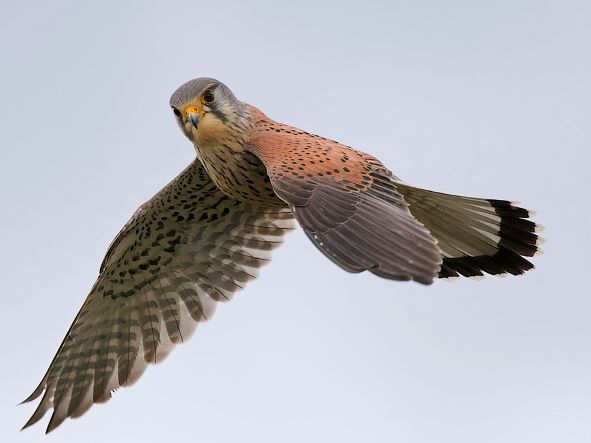
Pete, who works one day a week as a wildlife support officer telling people all about the Yorkshire Wildlife Trust, has always loved been outside exploring and before his accident was a scuba diver, exploring old wrecks and doing underwater videography.
He loves nature and his Canon R5 camera and its 100 to 500 RF Zoom lens means he can get ultra close-up to nature while in his wheelchair.
But he has to contend with chronic pain which he describes as a feeling of being constantly squeezed.
“On a scale of one to 10 I’d rate the pain I have to live with as 12,” he said. “I used to take strong painkillers but they left me feeling like a zombie so I stopped taking them. I want to live as full a life as I can and I’d rather live with pain than have no life without pain.
“I think by getting out and exploring every day is a distraction from the pain. My philosophy is simple. If you want to do something then just do it and it’s well documented that being outdoors is very beneficial to people’s mental health.
“Instead of being a burden I want to do something that benefits people and exploring all these places across the UK and reporting comprehensively on them is my way of doing that.


“I feel like I’m removing the barriers to people going outdoors so they can go out and enjoy it. When I do something I give it 110% and that’s what I’m doing here.”
Places people will be instantly familiar with including Castle Hill, Yorkshire Sculpture Park, Harewood House, Temple Newsham and Kirkstall Abbey near Leeds, Cromwell Bottom Nature Reserve in Elland, Ingbirchworth Reservoir near Barnsley, Dovestone Reservoir near Greenfield, Kielder Water at Hexham in Northumberland, Spurn Point and Kilnsea Wetlands near Hull, Fountains Abbey and Studley Royal near Ripon, Hollingworth Lake near Littleborough, Pugneys Water Park in Wakefield, Nostell Priory and Park near Wakefield, Alnwick Castle and Gardens in Northumberland and Lindisfarne, also in Northumberland.
A gem he found was Haw Park Wood in Wakefield which turned out to be the first nature reserve ever created in the 1800s by a philanthropist called Charles Waterton who was famous for buying hedgehogs and then setting them free on his country house estate.
Pete had been a firefighter in West Yorkshire – working mainly in Bradford but also served in Slaithwaite – and was Assistant District Commander when he was paralysed in his cycling accident when he was in collision with a car in Wensleydale, North Yorkshire.
The Great North Air Ambulance flew Pete to The James Cook University Hospital in Teesside where he was in a coma for four weeks. Vertebrae were shattered and bone had been pushed through his spinal cord. Pete underwent major surgery to place a metal rod in his back.
Pete and wife Debbie have two children Hannah, 30, Peter 28, and two grandchildren, 12-year-old Kinza and 10-year-old Sonny.
* Written by former Huddersfield Examiner Head of Content ANDY HIRST who runs his own Yorkshire freelance journalism agency AH! PR (https://ah-pr.com/) specialising in press releases, blogging and copywriting. Copyright Andy Hirst.
Main image of Peter Lau by Nick Bayliss.


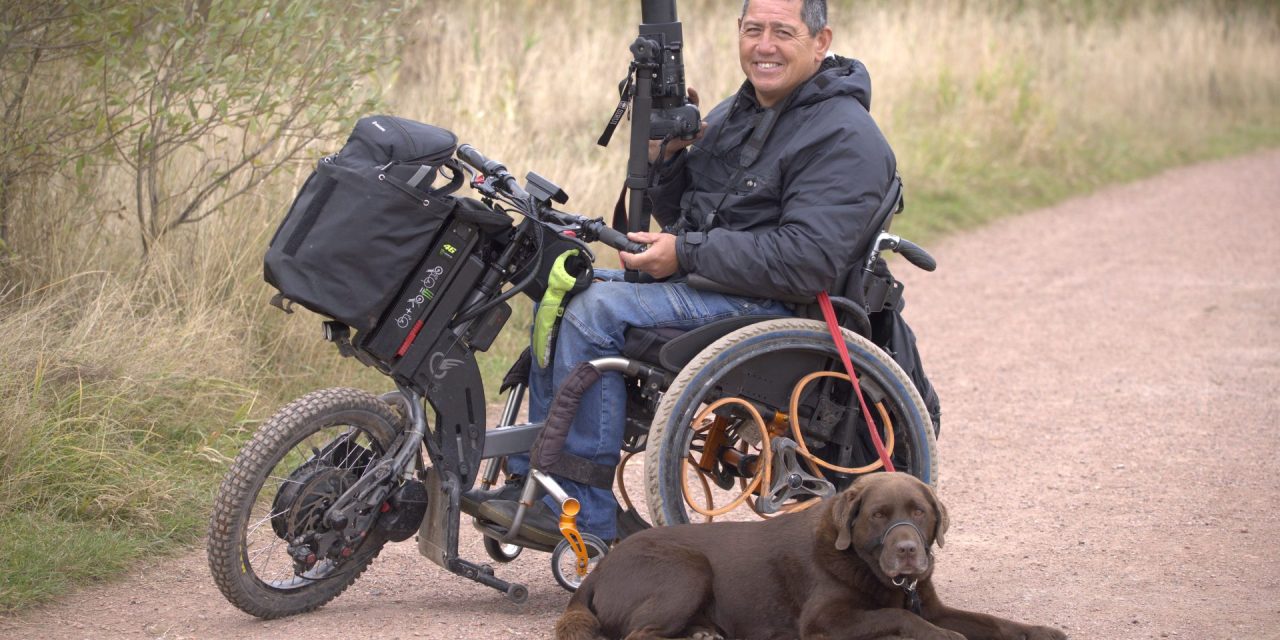





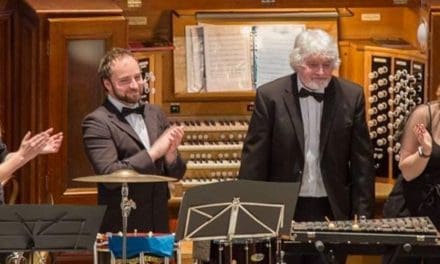








Thank you for this – I can’t wait to start re-discovering the countryside again using these guides, many of my previously favourite walks are completely inaccessible to me now and I do miss being out and about!